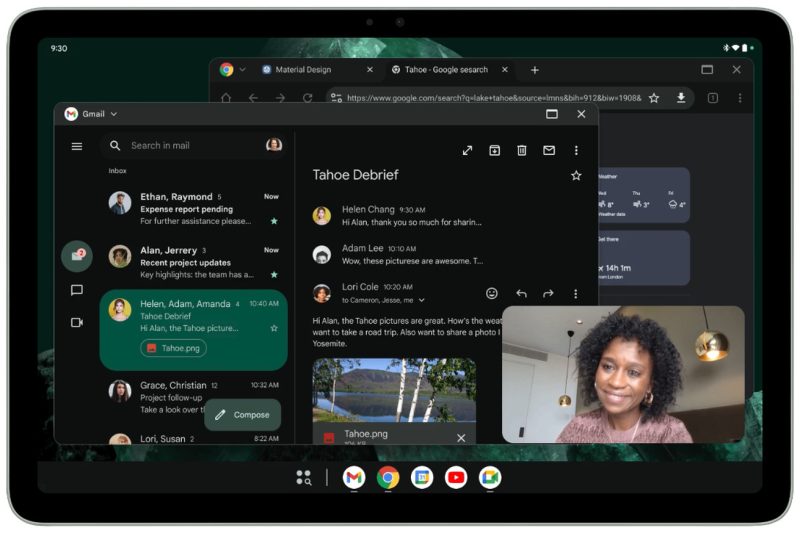The recent developments in technology have heralded a new era of multitasking and productivity for Android tablet users. Google is at the forefront of innovation, constantly exploring new ways to enhance the user experience. One such innovation that has caught the attention of tech enthusiasts is the testing of desktop windowing for Android tablets.
This new feature aims to revolutionize the way users interact with their tablets, making it more versatile and efficient in carrying out tasks. Users will now have the ability to open multiple apps in resizable windows simultaneously, similar to the functionality available on desktop computers. This shift towards a more desktop-like experience on tablets could potentially bridge the gap between mobile and PC computing.
The implications of this move are profound, as it not only changes how users engage with their tablets but also opens up new possibilities for app developers. With the ability to run multiple apps side by side, users can seamlessly switch between tasks, increasing their productivity and efficiency.
Furthermore, the desktop windowing feature can potentially attract more users to Android tablets, especially those who require a more robust multitasking environment for work or leisure. By providing a familiar desktop experience on a tablet, Google is catering to a wider audience and creating a more versatile platform for users.
However, challenges may arise in optimizing the user experience for the desktop windowing feature. Ensuring smooth performance, efficient use of system resources, and compatibility with a wide range of apps are crucial factors that Google needs to address. Additionally, app developers will need to adapt to this new paradigm and optimize their apps for the desktop windowing environment to provide a seamless user experience.
Overall, Google’s initiative to introduce desktop windowing for Android tablets signifies a significant step towards enhancing the functionality and user experience of these devices. As technology continues to evolve, it is exciting to see how innovations like this will shape the future of mobile computing and productivity. The potential benefits for users and developers are vast, and it will be fascinating to witness how this feature unfolds in the coming months.
